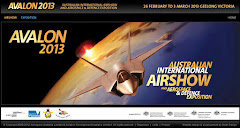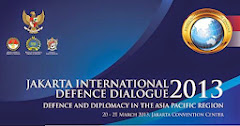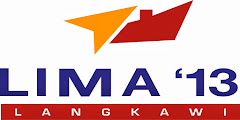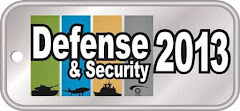14 Maret 2012
 Airbus Military C-295 (photo : Aircraft Wallpaper)
Airbus Military C-295 (photo : Aircraft Wallpaper)Spanish aerospace contractor EADS-Airbus Military wants to sell the Royal Australian Air Force a cut-price aerial fuel tanker the nation hasn't asked for in return for a shot at a billion-dollar ''battlefield air lifter'' contract.
Australia has already signed off on five EADS-Airbus Military air-to-air refuelling tankers that can be reconfigured to carry passengers or cargo for a total program cost of about $1.8 billion.
EADS is offering a sixth - and heavily marked down - A330 Multi Role Tanker Transport (MRTT) in the hope Defence takes a serious look at its C295. The tanker offer, which involves savings of hundreds of millions of dollars, stands even if this does not happen.
On the downside, the tanker program has been on Defence's projects of concern list since October 2010 and, as recently as last December, was 18 months behind schedule.
By accepting the sixth tanker Defence would be keeping open the Brisbane workshop where conversion work on the A330 MRTTs is being carried out. EADS said the deal would extend 200 highly skilled jobs for ''at least 12 months''.
EADS says strong Defence support for Alenia Aeronautica's C-27J Spartan short takeoff and landing transport plane as the Caribou replacement could cost Australian taxpayers $300 million up front and another $400 million on support costs over the next 30 years. ''Why [have a] tender?
Because Australian taxpayers have a right to expect their defence dollars are being spent wisely on the best value-for-money solution - not a gold-plated solution,'' EADS CASA executive Valentin Merino says. He argues EADS's C295 is a better replacement for the Vietnam War era Caribous (retired in 2009), would cost less to buy and be cheaper to operate than the Spartan.
The Pentagon's decision to scrap its Spartan fleet as part of its budget cuts is the real game changer. ''The entire foundation upon which the RAAF's preference for the C-27J was based has largely been swept away,'' he said.
Mr Merino's comments echo a similar pitch by his boss, Airbus Military chief executive, Domingo Urena, during a visit to Canberra last September.
While EADS is coy about one-on-one cost comparisons, they say savings of more than $700 million would be achievable if Australia went with its C295 instead of the Spartan.
The Caribou replacement program is, at the moment, a one horse race with Defence lodging a ''letter of request'' for information on the Spartan last October.
It is widely acknowledged some senior ADF members are ''wedded'' to the C-27J Spartan because of its perceived interoperability with the C-130 Hercules.
Others see merit in the EADS case but fear because Australia has operated without a ''battlefield air lifter'' since 2009. The Air 8000 program - which calls for 10 new planes and support infrastructure - could be shelved in the face of looming budget cuts.
The Caribous achieved iconic status in Vietnam for their ability to fly men, weapons, machinery and equipment into and out of tiny jungle airfields closer to combat zones than most people would have thought possible.
They were also quite handy for special operations.
The modern equivalents are faster, cheaper and less vulnerable than large transport helicopters such as the Chinooks and would serve a vital role as the link between true heavylifters, including the C-130 Hercules and the even bigger C-17 Globemasters, and the battlefield.
The RAAF is ''soldiering on'' with eight King Air passenger planes - five on lease and three brought across from the army.
Only able to carry six passengers and with limited rough landing strip capability, they are considered a stop gap measure of limited utility in combat situations.










Tidak ada komentar:
Posting Komentar